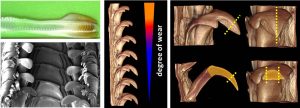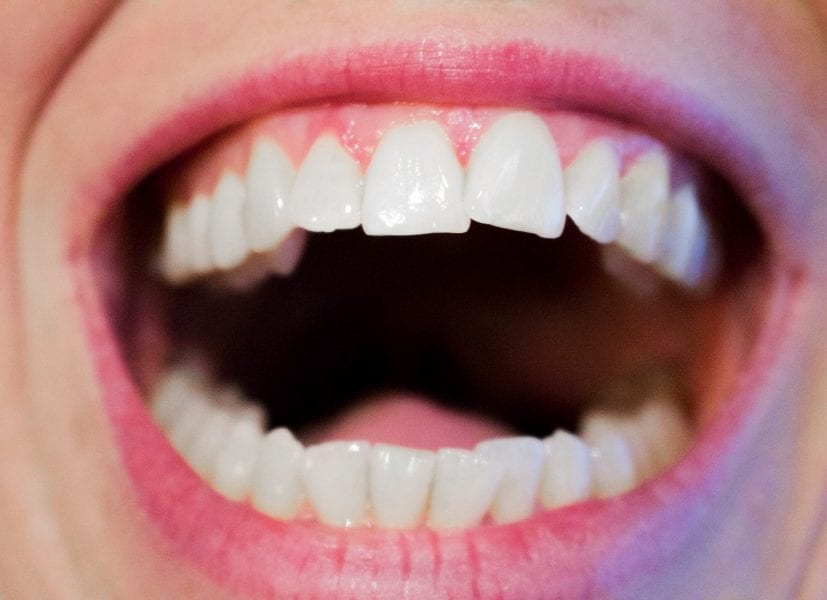Teeth are naturally grown, long lasting cutting and grinding tools. Whenever we chew or bite, and without thinking about it, teeth are typically exposed to high mechanical stresses, and usually, they work perfectly, without failure. It is well known that teeth are stiff and hard, and many teeth made by living creatures contain minerals, often calcium-based ones. Mineral, typically in the form of crystals, is thought to be indispensable for tooth-hardening and durability. Importantly, even animals that are not related to mammals, such sea urchins make use of calcium for building the teeth, whereas other creatures, such as chitons, use iron oxide mineral for reinforcement.
In a recent paper published in Advanced Materials, Damien Faivre and colleagues in Max-Planck Institute of Colloids and Interfaces, Germany, show that the giant keyhole limpet, a mollusk which is found on the rocky coast of California, utilizes an alternative strategy for building its teeth. This strategy, amazingly, does not exploit any mineral but is solely based on cunningly combining organic molecules. These teeth are composed of proteins and chitin fibers, and appear to reach mechanical properties similar to what is observed in human teeth. These mechanical properties are reached thanks to a very particular design, which relies on a combination of defined arrangements of fiber orientations coupled with protein folding as shown by several high-resolution materials analysis characterization techniques.

The design of these very particular limpet teeth could serve as an inspiration for the development of new, environmentally-friendly hard materials that are mineral-free. So far, tooth implants mostly rely on materials processed at high temperatures. These results reveal a sub-millimeter sized unique biodegradable engineering masterpiece that grows in the sea, which, if mimicked correctly could lead to new developments to be used for different construction needs.
Kindly contributed by the Authors.

















